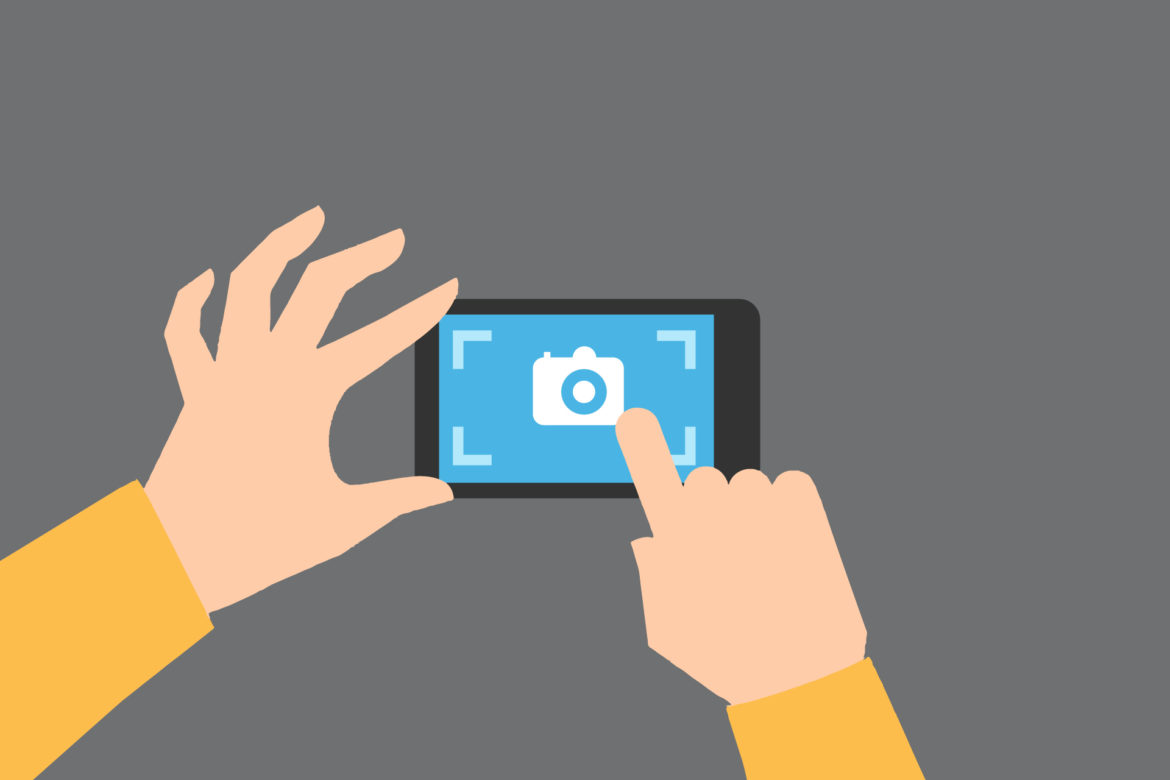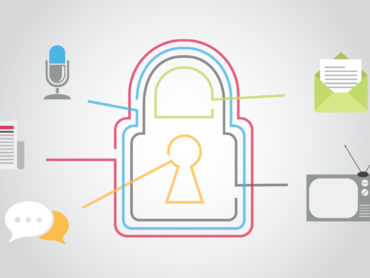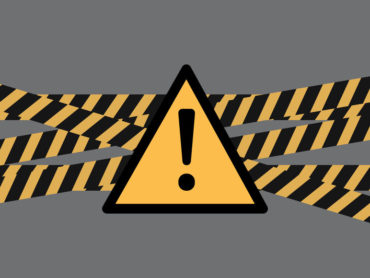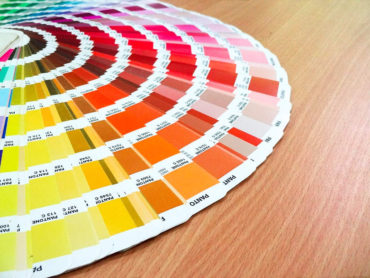6 Ways to Take Better Real Estate Photos in the New Year
Anyone who has spent any time online knows that it is becoming an increasingly visual place. I remember being amazed in college when Facebook introduced photo albums to what had been a purely text-based social media site. Today, it is impossible to visit the most popular websites without being bombarded with a wide range of multimedia content – videos, photos, ads, infographics, etc.
The reasoning behind this strategy is obvious. According to some sources photos and video content can be processed 60,000 times quicker than text based content, and viewers remember visual content six times better than text based content. By placing multimedia assets like photo and video in front of consumers, companies can increase their reach and staying power of their brands and products.
Unfortunately, there is one particular area of the multimedia landscape that needs some improving and can potentially be a deterrent to consumer engagement rather than a boost – phone photography. And there are few industries where the gap between the potential of great photography and the reality of poor execution is larger than in real estate.
Instead of simply describing a space, a well-taken and composed photo can show off its best attributes and bring it to life for possible tenants or buyers. A poorly taken photo can immediately sap a prospective customer’s enthusiasm and inspire them to move onto a competitors’ listing. In a world where much of any given real estate transaction takes place virtually, the importance of excellent photography for both residential and commercial properties has never been greater.
It doesn’t have to be this way. The same device that real estate professionals utilize to make deals and email coworkers can also be a powerful marketing tool if harnessed correctly. Although real estate professionals are busy, taking better photos can improve engagement and only takes a few additional seconds as long as these tips are kept in mind.
- Shoot straight
Although this seems like a given, many in their rush to take a photo often take a crooked photo. They can be straightened after the fact but typically that means shaving of portions on the outside edges of the photo and creating a smaller, lower resolution photo. Most phones have the option of turning on a 3×3 gridline guide on the screen that helps make sure the horizon and all building features are straight to ensure a straight photo every time. - Remember the Rule of Thirds
The rule of thirds is based on how the human brain interprets an image. Remember the 3×3 gridline from the above tip? When taking a photo, placing key elements along these lines will create a more interesting and compelling photo. This means making sure the horizon in the photo does not split the scene in half. Place the horizon or the floor of a space on one of the horizontal thirds. If there is a column or wall, placing it on one of the vertical gridlines draws the eye in and makes for a more interesting and engaging photo.
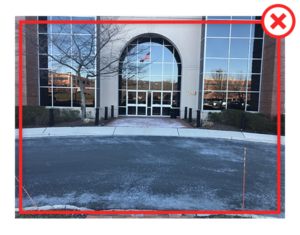
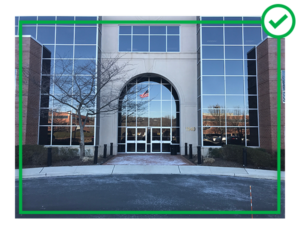
- Perspective
Similar to the rule of thirds, utilizing angles and perspective creates more engaging photos and enables the photographer to capture more of a space. Remember that not every picture needs to be taken straight on. Taking a photo of a building at an angle makes the space appear larger and also makes for a more interesting photo.
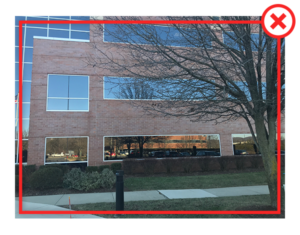
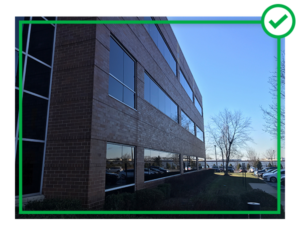
- Staging
Staging is not solely limited to residential photography. Even for commercial photography it is important to properly stage a photo. Is there a massive delivery truck parked in the front of the building? Is the sign from the building askew or falling down? Is there garbage blowing around the parking lot? Before taking a photo, take a second to look at the scene and make sure that the photo about to be taken highlights the building at the best. - HDR is your friend
Most modern cell phone cameras have a feature called HDR which means High Dynamic Range. This feature enables the camera to capture both the brightest parts of a scene, think skies and lighting fixtures – without underexposing the darker parts of a scene like shadows or darker building features. This will enable the camera to capture both that vibrant blue sky and the building in the foreground without one aspect of the scene appearing washed out or colorless.
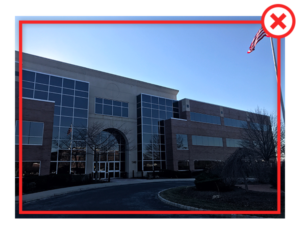
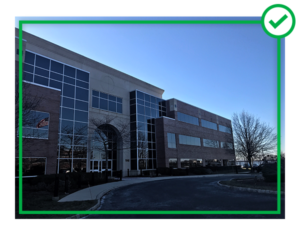
- Save photos to somewhere easy to find
Often overlooked, this aspect of cell phone photography is a massive time saver. Create a folder on the phone as a place to save every real estate picture to so it can be quickly found and does not require a lengthy search through hundreds of personal photos.
As you can see above, simple changes to how cell phone photos are taken can radically change how listings look and the first impression that prospective customers receive in their initial searches for a space.
Want to learn more about how to better leverage your newfound multimedia content across paid, earned, social and owned media to increase your brand’s reach and lead generation? Contact me today at 908-895-0785 or djohnson@randjsc.com.

